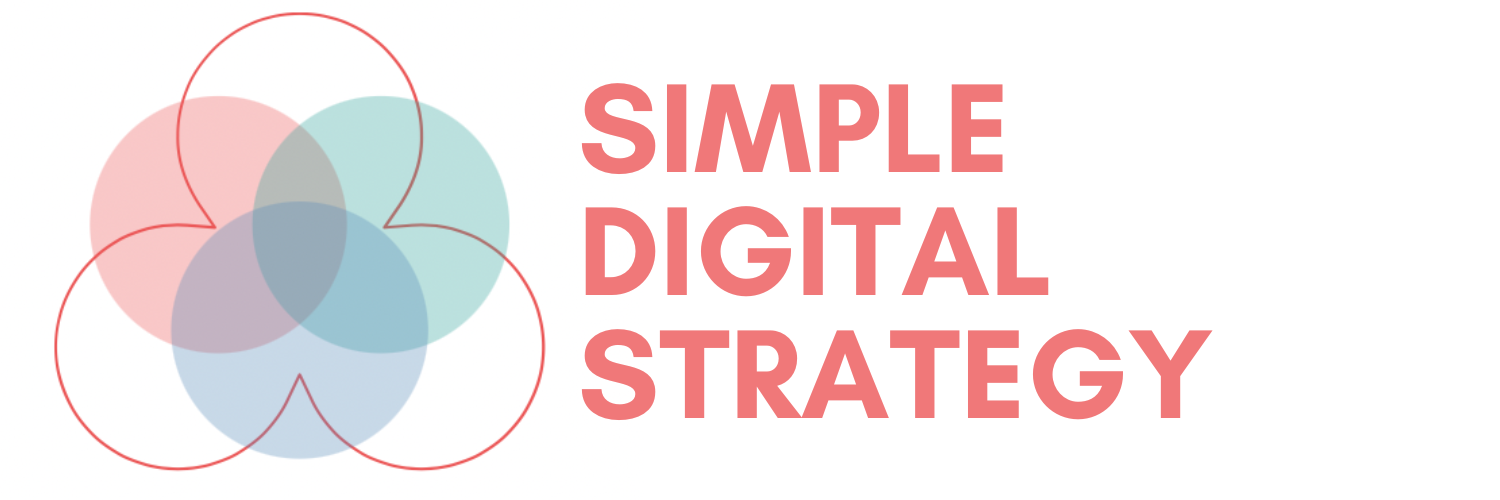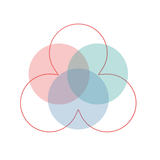How to Segment Your Email List Before You Even Have One
Waiting until you have a list to think about segmentation is backwards. This guide shows you how to define your audience structure before you even collect a single email, so you can grow faster, sell better, and build long-term value.
Why Segment Before You Have a List?
Most people treat email segmentation as something they’ll do later, once the list grows. But that means you’re collecting emails without a purpose.
Segmentation is a strategy, not a maintenance task. It defines who you're speaking to, what they care about, and how your messages will connect.
If you don’t segment early:
- You send the same message to everyone.
- You don’t know why people subscribed.
- You missed the chance to test relevance.
Segmenting early = marketing with intention.
See more audience segmentation examples for real‑world patterns you can adapt.
Step 1: Define Your Audience Segments Upfront
Even without subscribers, you know your business. Start by answering:
- Who are the types of people I want on my list?
- What are their goals or struggles?
- How might their needs or language differ?
Example Segments for a Simple Digital Strategy site:
- Small business owners with a local service
- Online sellers with digital products
- Founders frustrated with social media ROI
These are not email tags. They’re strategic personas.
Step 2: Align Content and Opt-ins to Those Segments
Now design your website and opt-ins around those buckets:
- Add specific calls to action: “Want a better strategy for your local business?”
- Use inline forms with dropdowns or radio buttons: “What type of business do you run?”
- Tag based on the content or lead magnet someone signs up from.
When someone joins your list, you’ll know where they fit automatically.
Step 3: Start Writing to Those Segments
Even with a small list (or none), start writing as if each segment is real:
- One email for service businesses
- One email for product sellers
Use this to:
- Practice targeted messaging
- Test what resonates based on opens or replies
- Build future automation paths
You don’t need fancy tools. Just intention.
Step 4: Use Tags + Manual Segmentation Until You're Ready to Automate
In ConvertKit, MailerLite, or even Mailchimp, start with basic tags:
local-servicedigital-productsanti-social-strategy
When you start growing, you’ll already know how to split your audience without retrofitting a mess.
Final Thought: Strategy Is Structure
Segmentation isn’t a tool. It’s a mindset:
- Decide what kind of people you want to reach.
- Structure your forms and messages to reflect that.
- Build the habit early.
You don’t need a list to start. You need a strategy.
💡 Want help planning your segmentation strategy? Check out the Simple Content Guide to connect content with email growth.

